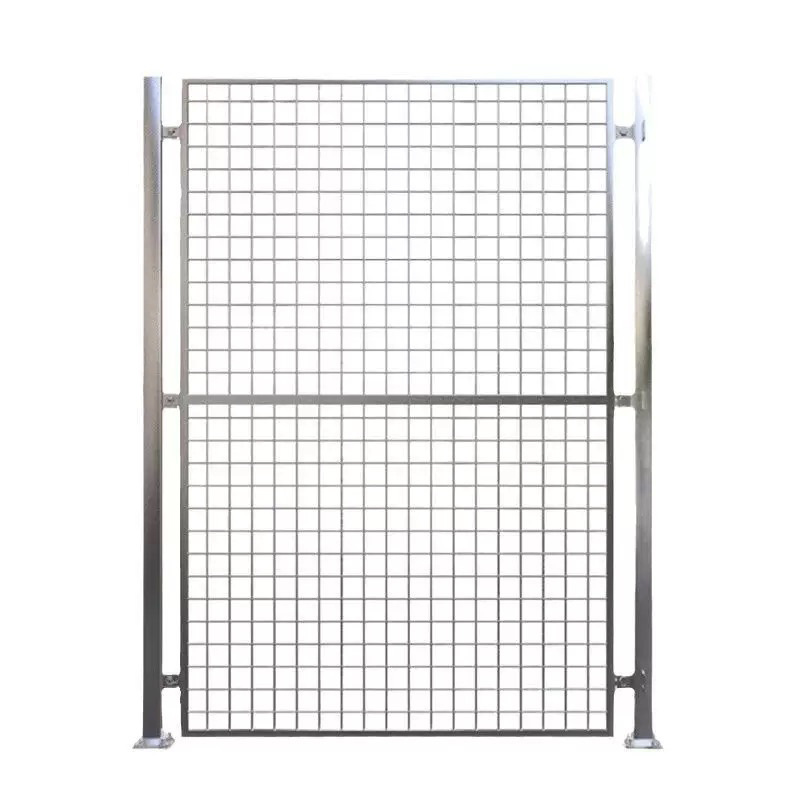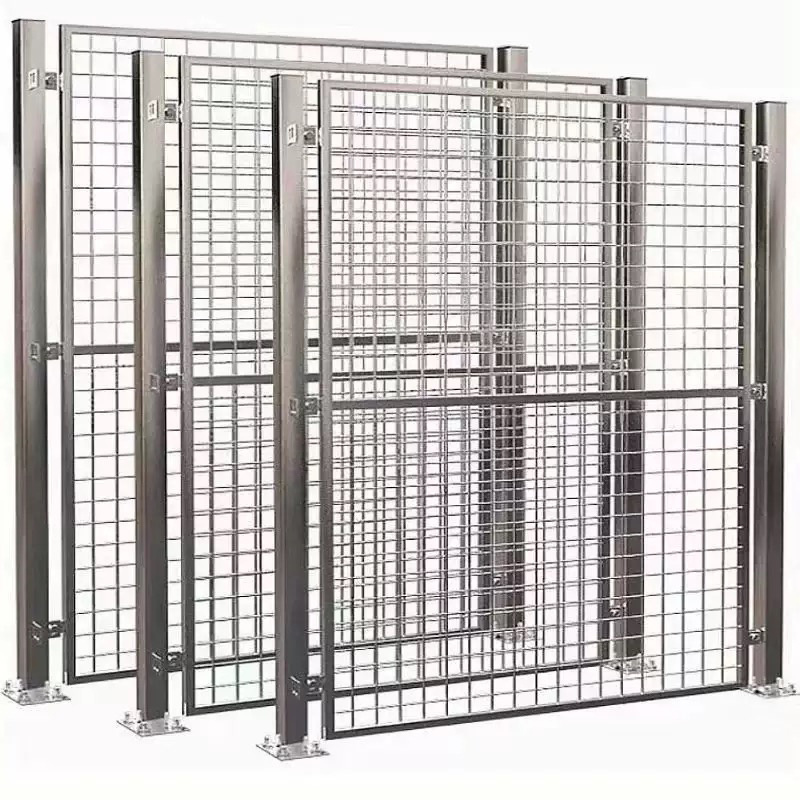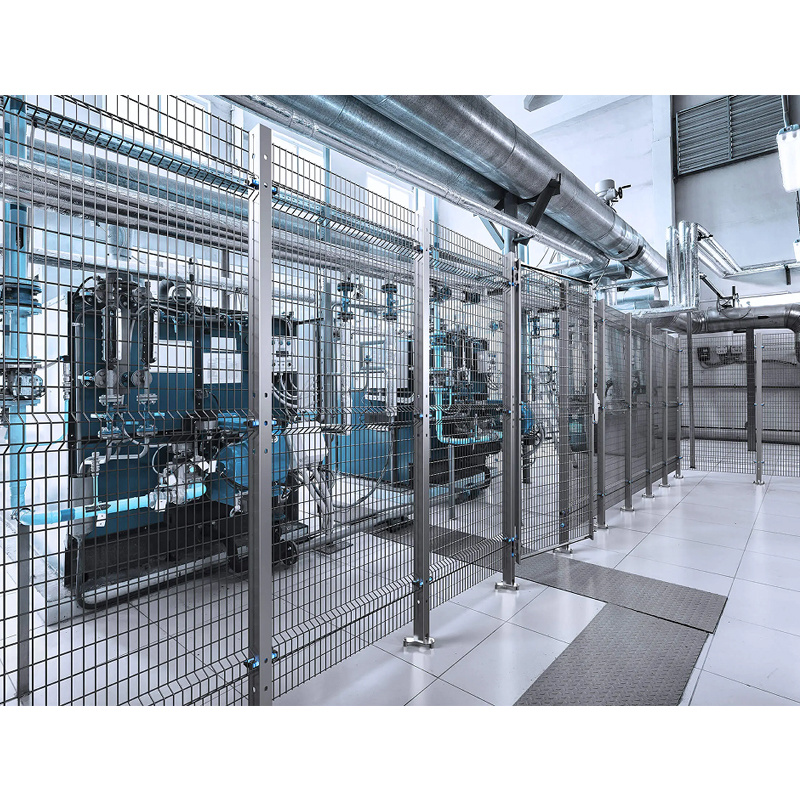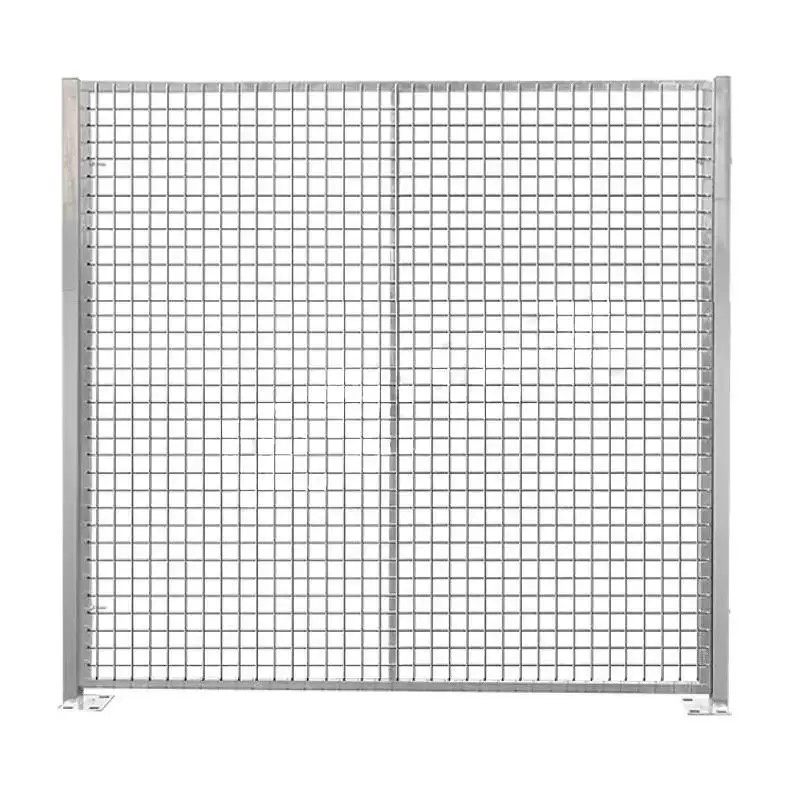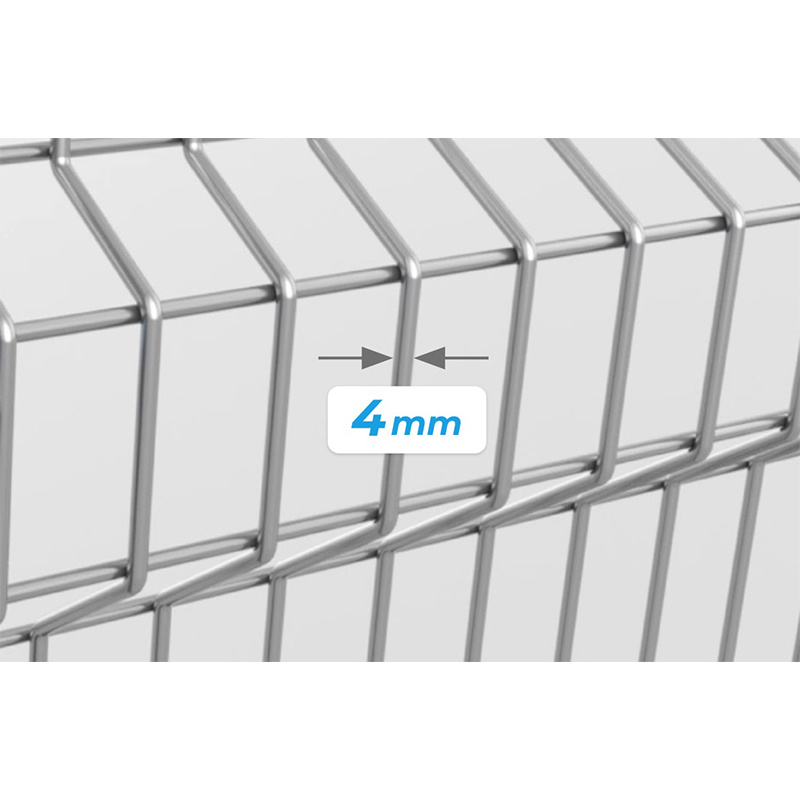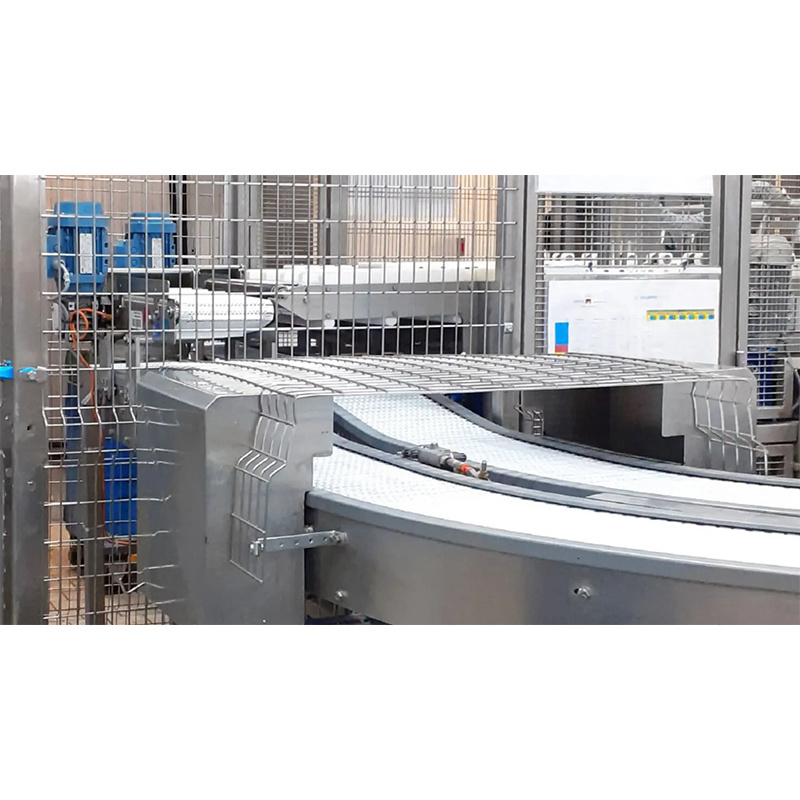Transforming Spaces: The Advantages of 3D Bending Fences in Architecture and Interior Design
Release Time:
Aug 07,2025
In the realm of architecture and decorative materials, the emergence of 3D bending fences presents numerous possibilities for both commercial and residential applications. Unlike traditional fencing solutions, 3D bending fences offer a unique combination of flexibility and design elegance, allowing architects and interior designers to create visually appealing spaces without compromising on functi
In the realm of architecture and decorative materials, the emergence of 3D bending fences presents numerous possibilities for both commercial and residential applications. Unlike traditional fencing solutions, 3D bending fences offer a unique combination of flexibility and design elegance, allowing architects and interior designers to create visually appealing spaces without compromising on functionality.
At its core, a 3D bending fence is designed to curve and bend while maintaining structural integrity. This feature makes it particularly valuable in environments where creativity is paramount. For instance, when integrating partitions in open floor plans, 3D bending fences can help delineate space without the need for rigid walls, promoting an open yet organized atmosphere. The fluid lines of these fences allow for a seamless transition between different areas, enhancing the overall flow of the space.
Moreover, the adaptability of 3D bending fences is one of their most significant advantages. They can be customized to fit various designs and themes, catering to the specific needs of any project. Whether you're looking to create a modern, minimalist look or a more organic, natural feel, 3D bending fences can be fabricated in a variety of materials and finishes, ensuring that they complement the overall aesthetic of the environment.
In addition to their design benefits, 3D bending fences also offer practical advantages. Their ability to absorb sound and improve acoustics makes them an excellent choice for office spaces, conference rooms, and other areas where noise control is essential. Furthermore, these fences can be constructed with eco-friendly materials, aligning with sustainable building practices that are increasingly important in today's architectural landscape.
Another key consideration is the installation process of 3D bending fences. The design flexibility often means that they can be installed without extensive alterations to existing structures, making them a cost-effective option for renovations or new builds. This ease of installation can significantly reduce project timelines, allowing for quicker transitions from concept to reality.
Lastly, as the industry continues to evolve, the integration of technology into the design and functionality of 3D bending fences is on the rise. Innovations such as smart materials and digital fabrication techniques are paving the way for even more exciting applications in the future, ensuring that these fences remain at the forefront of architectural trends.
In conclusion, 3D bending fences represent a significant advancement in architectural design and partition systems. By enhancing both aesthetic appeal and functional performance, they offer a versatile solution for modern spaces. Whether for residential or commercial use, incorporating 3D bending fences into your projects can lead to transformative results, making them a valuable consideration for any architect or designer.
At its core, a 3D bending fence is designed to curve and bend while maintaining structural integrity. This feature makes it particularly valuable in environments where creativity is paramount. For instance, when integrating partitions in open floor plans, 3D bending fences can help delineate space without the need for rigid walls, promoting an open yet organized atmosphere. The fluid lines of these fences allow for a seamless transition between different areas, enhancing the overall flow of the space.
Moreover, the adaptability of 3D bending fences is one of their most significant advantages. They can be customized to fit various designs and themes, catering to the specific needs of any project. Whether you're looking to create a modern, minimalist look or a more organic, natural feel, 3D bending fences can be fabricated in a variety of materials and finishes, ensuring that they complement the overall aesthetic of the environment.
In addition to their design benefits, 3D bending fences also offer practical advantages. Their ability to absorb sound and improve acoustics makes them an excellent choice for office spaces, conference rooms, and other areas where noise control is essential. Furthermore, these fences can be constructed with eco-friendly materials, aligning with sustainable building practices that are increasingly important in today's architectural landscape.
Another key consideration is the installation process of 3D bending fences. The design flexibility often means that they can be installed without extensive alterations to existing structures, making them a cost-effective option for renovations or new builds. This ease of installation can significantly reduce project timelines, allowing for quicker transitions from concept to reality.
Lastly, as the industry continues to evolve, the integration of technology into the design and functionality of 3D bending fences is on the rise. Innovations such as smart materials and digital fabrication techniques are paving the way for even more exciting applications in the future, ensuring that these fences remain at the forefront of architectural trends.
In conclusion, 3D bending fences represent a significant advancement in architectural design and partition systems. By enhancing both aesthetic appeal and functional performance, they offer a versatile solution for modern spaces. Whether for residential or commercial use, incorporating 3D bending fences into your projects can lead to transformative results, making them a valuable consideration for any architect or designer.
Hot Products


